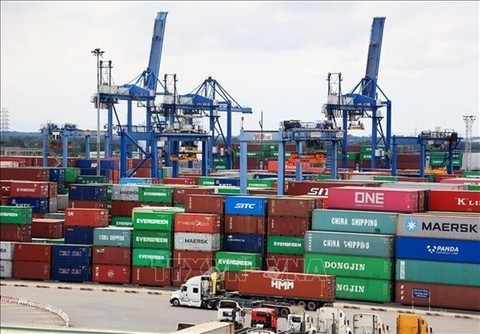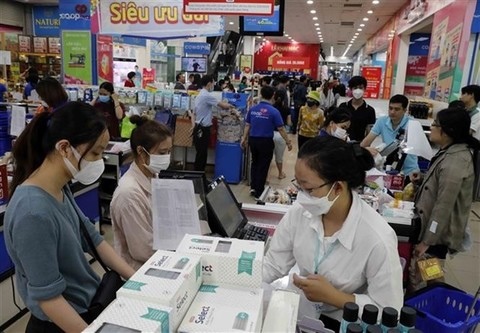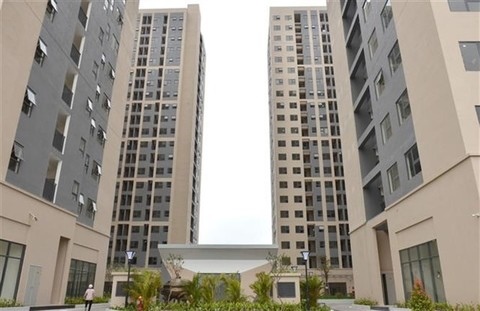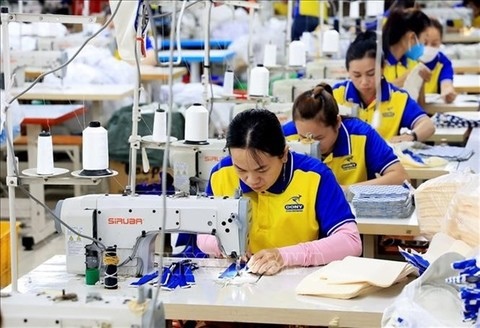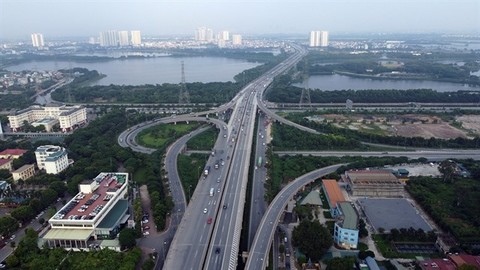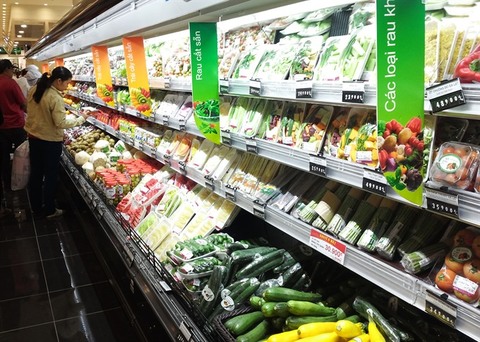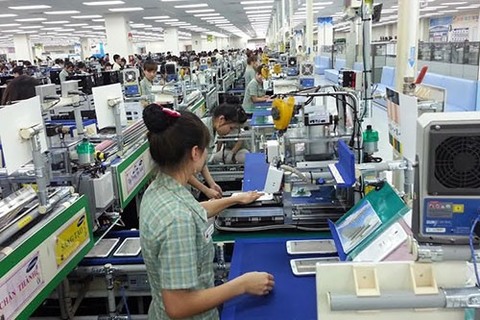VBF 2018: realities of Vietnam’s automotive market
VBF 2018: realities of Vietnam’s automotive market
On the morning of December 4 in Hanoi, with the theme of “Sharing opportunities in the world of changing trade,” the Vietnam Business Forum (VBF) 2018 discussed the position paper of the Automotive Working Group as one its main discussion sessions.
The important sessions on the agenda of VBF 2018 include paying for infrastructure; bringing in and diffusing relevant knowledge for modern industry; and overcoming obstacles to business.
The position paper of the Automotive Working Group provided an overview into the advantages and disadvantages of the automotive market in Vietnam.
Firstly, the government’s Resolution No.19/2016/NQ-CP and Resolution 35/2016/NQ-CP improves the business environment, national competitiveness, and supports enterprise development in general.
However, with the current market and the development level of the industry, Vietnamese completely knocked down (CKD) vehicles cannot compete with imported completely built-up (CBU) vehicles from ASEAN countries.
About the quality-cost-delivery (QCD) capability of suppliers, the automotive industry has complex and multi-layered supply chains (Tier 1, 2, and 3, and raw material suppliers) consisting of many suppliers in each tier. Tier 2-3 suppliers are required to strictly adhere to production requirements, such as QCD, while tier 1 suppliers need to comply with strict research and development (R&D) requirements such as parts development and proposal capabilities.
Therefore, the development of suppliers requires much effort, time, and investment.
However, as a matter of fact, not many local suppliers meet required QCD standards to participate in global supply chains.
Also, they require a copywriting permit and/or technology transfer or licensing agreements from genuine part suppliers and local suppliers.
Last year, the government issued several business conditions for CBU vehicles through Decree No.116/2017/ND-CP and other documents, but still could not help enhance the core competitiveness of the CKD segment in the long term. In fact, not many suppliers can enjoy the policy because it cannot solve the structural issue of small production volume or do away with the 0 per cent CBU import duty from 2018. At the same time, the application process is rather complicated.
About the position of motorcycle businesses, the Working Group also mentioned driving licenses for electric motorbikes and regulations on motorcycle emission control. Recently, electric vehicles have become more popular, especially among junior and high school students. In addition, the development of Vinfast’s Klara is expected to further popularise electric vehicles.
The fact is that Vietnam still lacks the necessary regulations, such as the age of riders and driving licenses. As a result, there are a great many accidents, involving both riders and other traffic participants. Currently, the Draft Road Traffic Law mentions adding a minimum age and driving license requirement as well as driving skill/regulation training for electric vehicle drivers.
Regarding emissions control, motorcycles are a necessary means of transportation in the daily lives of Vietnamese people. During the course of production and business, motorcycle manufactures are constantly making efforts to improve quality and meet the strict regulations of state management bodies on safety and emission standards to create greener and cleaner products.
Since 2017, Vietnam has been applying Euro 3 emissions standards for motorcycles. Regarding vehicles in operation, Vietnam has only introduced periodical inspections to ensure safety and environment protection for automobile, but there is no such thing for motorcycles.
Therefore, the working group also recommended that the gas emission testing should apply simple procedures with low cost and the government could consider privatising the establishment of emission control stations so the testing can be smoothly and effectively conducted, with less impact on life and expenses for the people.


